Halloween came early for our coral reef research team who visited South Andros last month. During a lucky dive, our researchers noticed bright, pumpkin-orange webs oozing from tabular reef sponges. Upon closer inspection, they realized this reef’s “Halloween decorations” were actually a mixture of sponge mucus and tiny orange balls.
Curious to learn more, Senior Scientist Dr. Valeria Pizarro was suspicious the tiny balls might be eggs… or even larvae. “It was amazing, I was so excited and I thought these sponges might be spawning, but I didn’t know for sure,” she said.

Love is in the water during the warmer months (July to October), as that’s when Caribbean corals, algae, sea stars and more begin to spawn or sexually reproduce. To verify whether this particular sponge was spawning, she sent her field photos to renowned expert Dr. Sven Zea of the Universidad Nacional de Colombia (Colombia National University).
Dr. Zea confirmed the tiny spheres within the orange mucus filaments were indeed embryos or larvae from the brown encrusting octopus sponge, Ectyoplasia ferox. This sponge is a hermaphrodite, meaning each individual can produce both eggs and sperm. Fertilization happens within the sponge when it encounters sperm travelling through the water column from another individual of the same species.

Although Dr. Zea has seen these sponges releasing embryos in The Bahamas before, little is known about their reproductive process. But what we do know is that many of the embryos and larvae we observed will eventually settle onto the reef as brand new sponges.
If you’re an avid diver, keep an eye out for brown encrusting octopus sponges on coral rubble and dead areas of the reef, between 12 to 22 metres. That’s where they’re commonly found. You never know what new discoveries await you in the underwater world!
To learn more about the diversity of sponges within The Bahamas and the Caribbean, check out this incredible sponge guide created by Dr. Zea and his colleagues here.

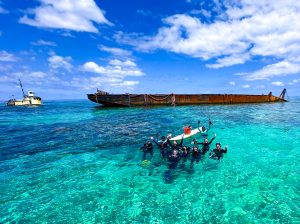
PIMS and Volunteers Step Up as Legal Battle Leaves Barge Grinding Reef in Fowl Cays National Park
Worn out but undefeated, the cleanup crew rallies around their paddleboard “workbench” in front of the stranded tug and barge—a snapshot of community grit after hours of underwater heavy‑lifting. Photo
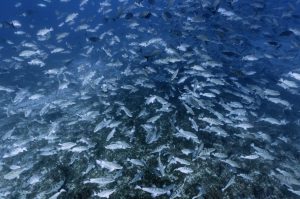
Thriving Fish Spawning Aggregation Inspires Hope for the Future
Nassau grouper FSA in Ragged Island during January 2025. | © André Musgrove Fish Spawning Aggregations & Nassau Grouper Imagine witnessing thousands of fish gathering in a synchronized spectacle, moving
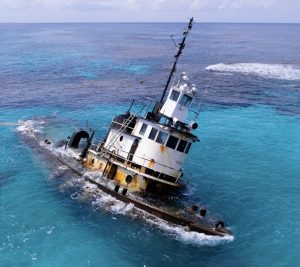
A Year Later, Stranded Tug and Barge Still Scars Reef in Fowl Cays National Park–Residents Demand Accountability
A haunting aerial view of the grounded tug and barge in Fowl Cays National Park—still embedded in coral a year later, a stark reminder of the cost of inaction. Photo
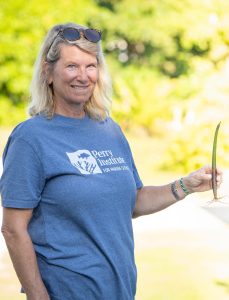
Women Leading Mangrove Restoration in The Bahamas
Have you ever wondered who’s behind the scenes saving our environment, right in our own backyard? Picture a group of energetic, determined women rolling up their sleeves and diving into
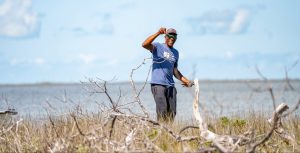
Rewilding the Marls of Abaco: PIMS Plants 100,000 Mangroves and Counting in 2024
As the afternoon sun bathes the Marls of Abaco in golden light, Bahamian boat captain Willis Levarity–locally known as “Captain to the Stars”–stands ankle-deep in soft, warm mud. A broad
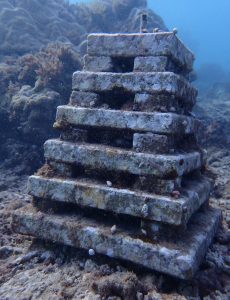
Unveiling Coral Reef Biodiversity: Insights from ARMS Monitoring Structures
An ARM teeming with new coral recruits and a diversity of marine life, highlighting reef recovery and biodiversity Understanding Coral Reef Biodiversity Most new PhDs in the natural sciences move
